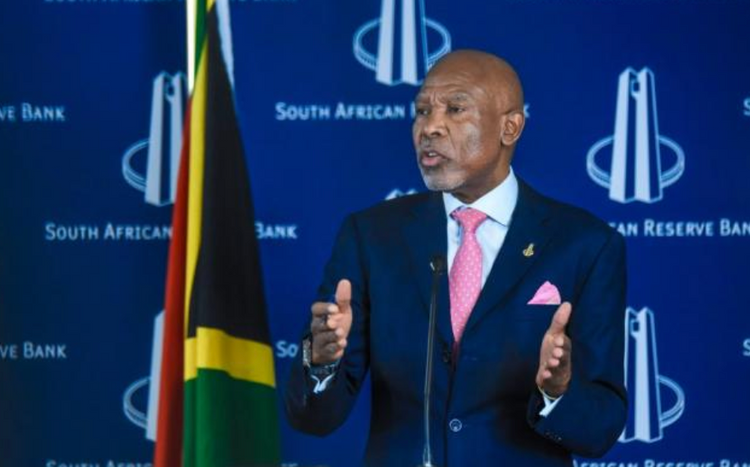SARB cuts interest rate

The South African Reserve Bank (SARB) has finally cut interest rates on the back of cooling inflation following the still tight stance of other central banks that have been slow to ease rates in recent months.
SARB governor Lesetja Kganyago, announcing the much-anticipated 25 basis point cut to bring the repo rate to 8%, said as global inflation was slowing and nearing targets, major central banks had lowered rates.
“We saw the European Central Bank cut again last week, the Bank of England eased in August, and the US Federal Reserve reduced rates last night. The US dollar has also cooled off in recent months, providing some respite for other currencies, including the rand,” Kganyago said.
“Despite these welcome developments, central banks are moving carefully, and policy stances remain relatively tight. Economic activity in major economies has been resilient, even as inflation eases. Underlying measures of inflation have also fallen less than headline, primarily because of elevated housing inflation, and robust wage growth.”
He said the case for caution was bolstered by the difficult and unpredictable geopolitical environment, with risks of inflationary shocks through trade restrictions and supply chain disruptions, among other factors.
“Overall, global conditions have become more favourable, but there are still risks. A ‘soft landing’ is looking more likely, after the worst inflation surge in a generation, but it is not inevitable. The financial market volatility of early August was a reminder of the fragilities and uncertainties in the system.”
He said for these reasons, central banks were approaching the endgame with caution.
Kganyago said economic growth in South Africa was expected to be around 2% and there was “particular concern” about the contraction in investment over the past four quarters.
“A stronger investment performance is a prerequisite for sustained higher growth, and although we continue to expect an investment recovery, its scale and speed will be a key indicator of South Africa’s longer-run economic prospects.”
Meanwhile, headline inflation eased to 4.4% in August, a three-year low, and close to the middle of the bank’s target range.
“Our forecast suggests this progress will be sustained, with inflation contained below the 4.5% midpoint of our range through to the end of the forecast horizon, in 2026,” Kganyago said.
“In the near term, we continue to see a dip in headline inflation, supported by the stronger exchange rate and lower oil prices. The implied starting point of the rand is R18.04 to the US dollar, an appreciation of nearly 2% relative to our July assumption.
“This contributes to fuel price deflation, which helps keep headline below 4% through the first half of next year. As usual, we will look through this near-term supply shock, focusing on the medium-term outlook.”
According to the bank’s latest survey, inflation expectations are still in the top half of the target range, at 4.8% for both 2025 and 2026.
“They are nonetheless moving – slowly – in the right direction. As long as headline inflation stabilises at lower levels, we anticipate further progress in re-anchoring expectations around the middle of our target range.”
Kganyago said MPC members considered an unchanged stance on interest rates, a 25-basis point cut, and a 50-basis point cut.
“The MPC ultimately reached consensus on 25 basis points, agreeing that a less restrictive stance was consistent with sustainably lower inflation over the medium term.
“The forecast sees rates moving towards neutral next year, stabilising slightly above 7%.”
The new interest rate comes into effect from 20 September.















































